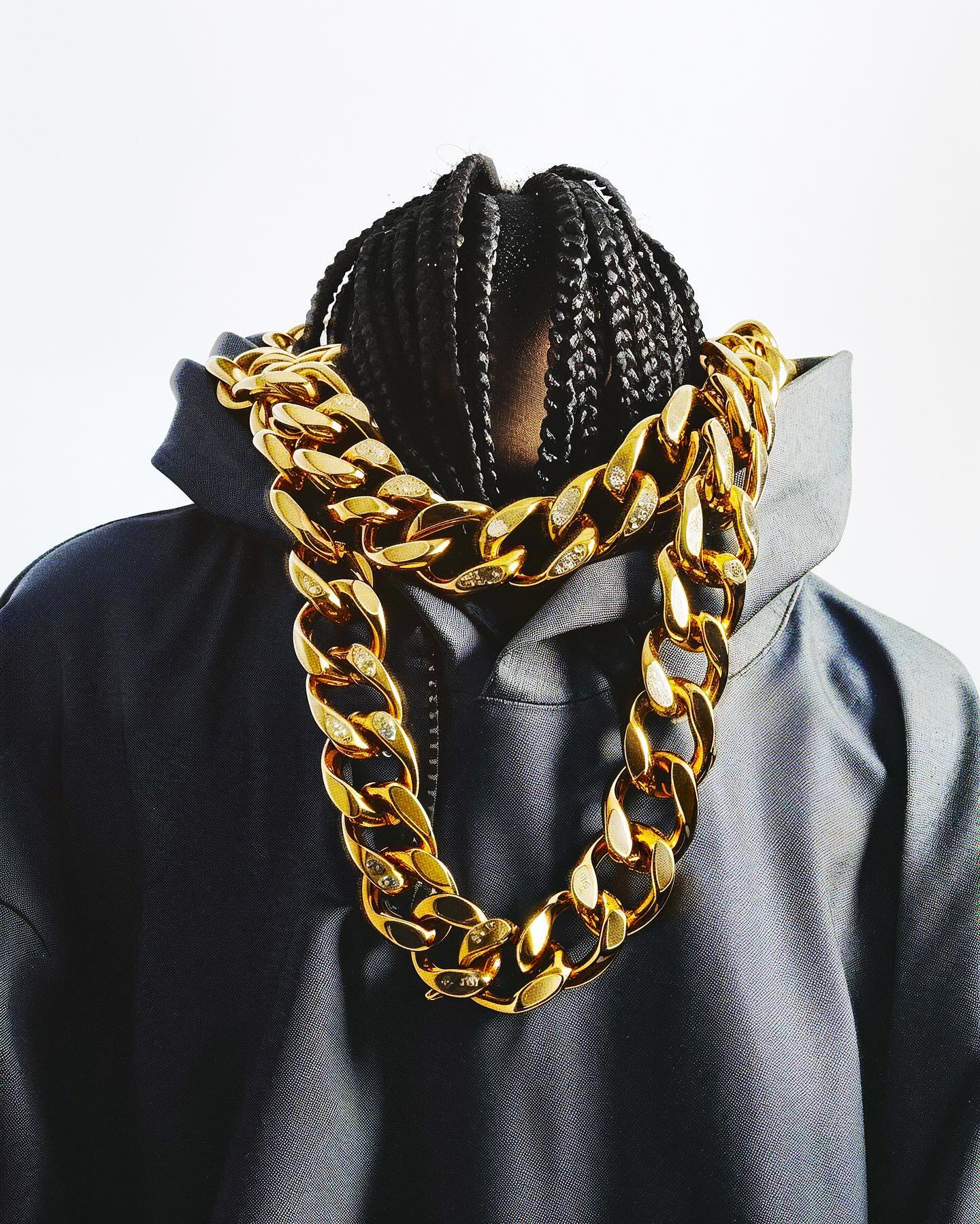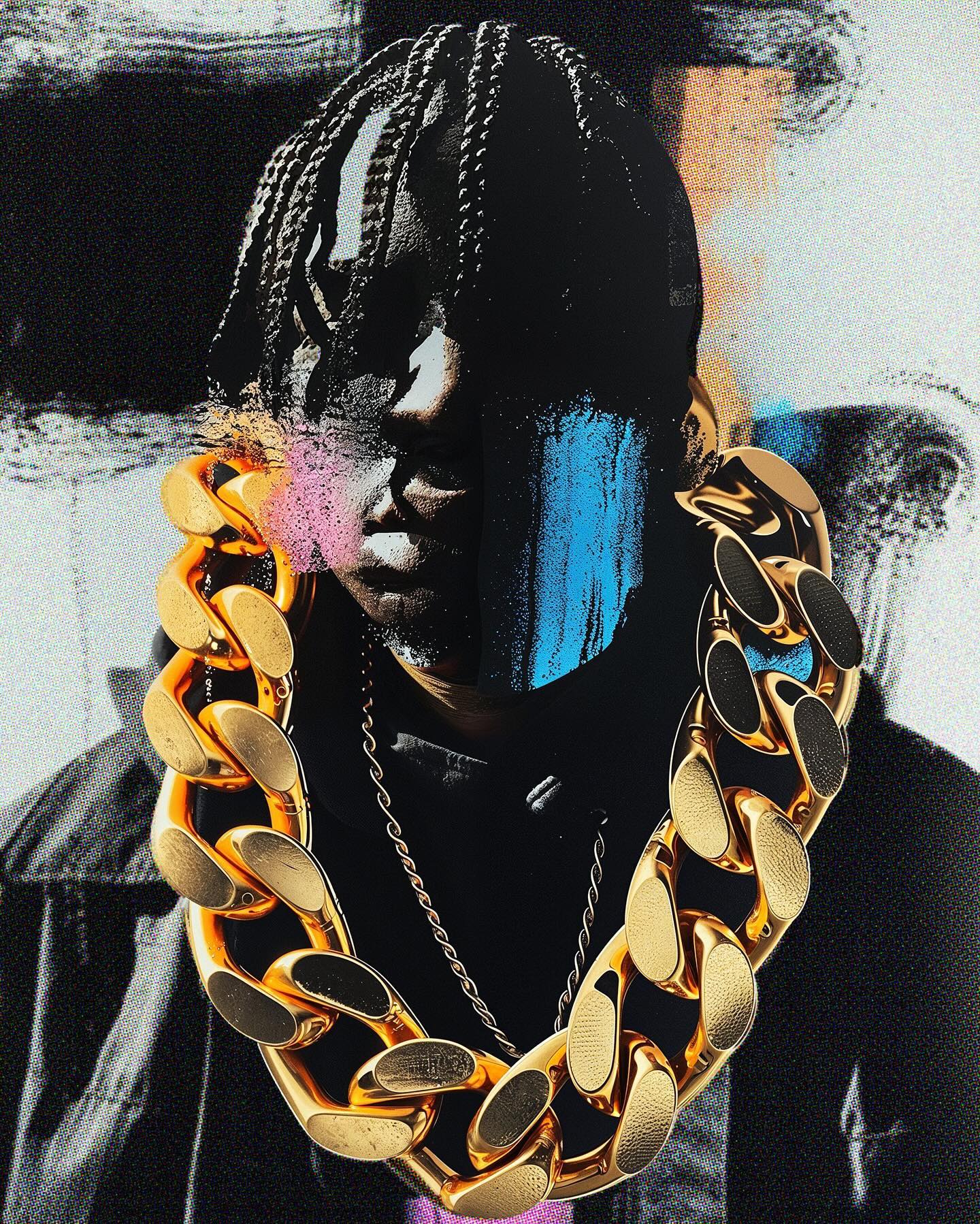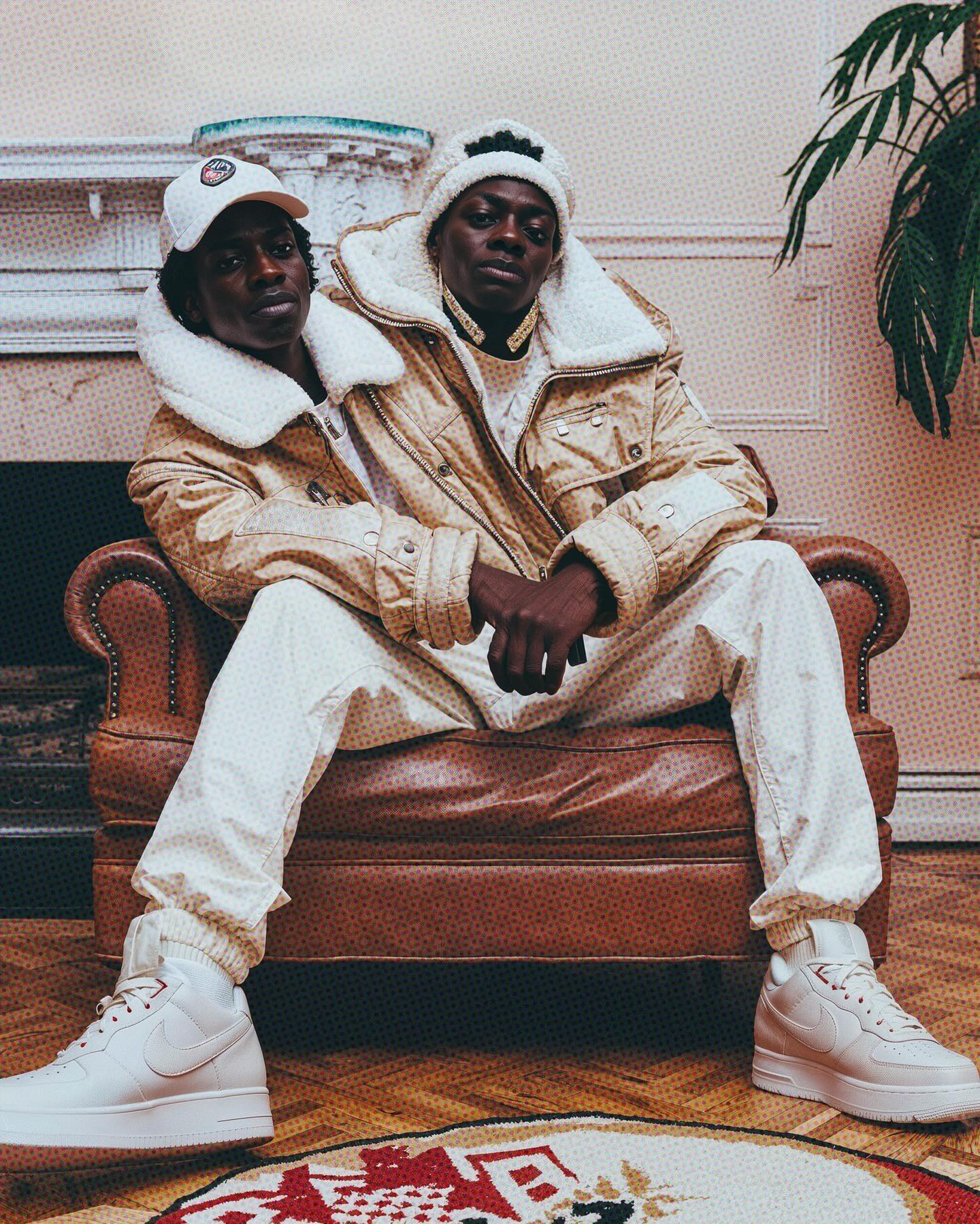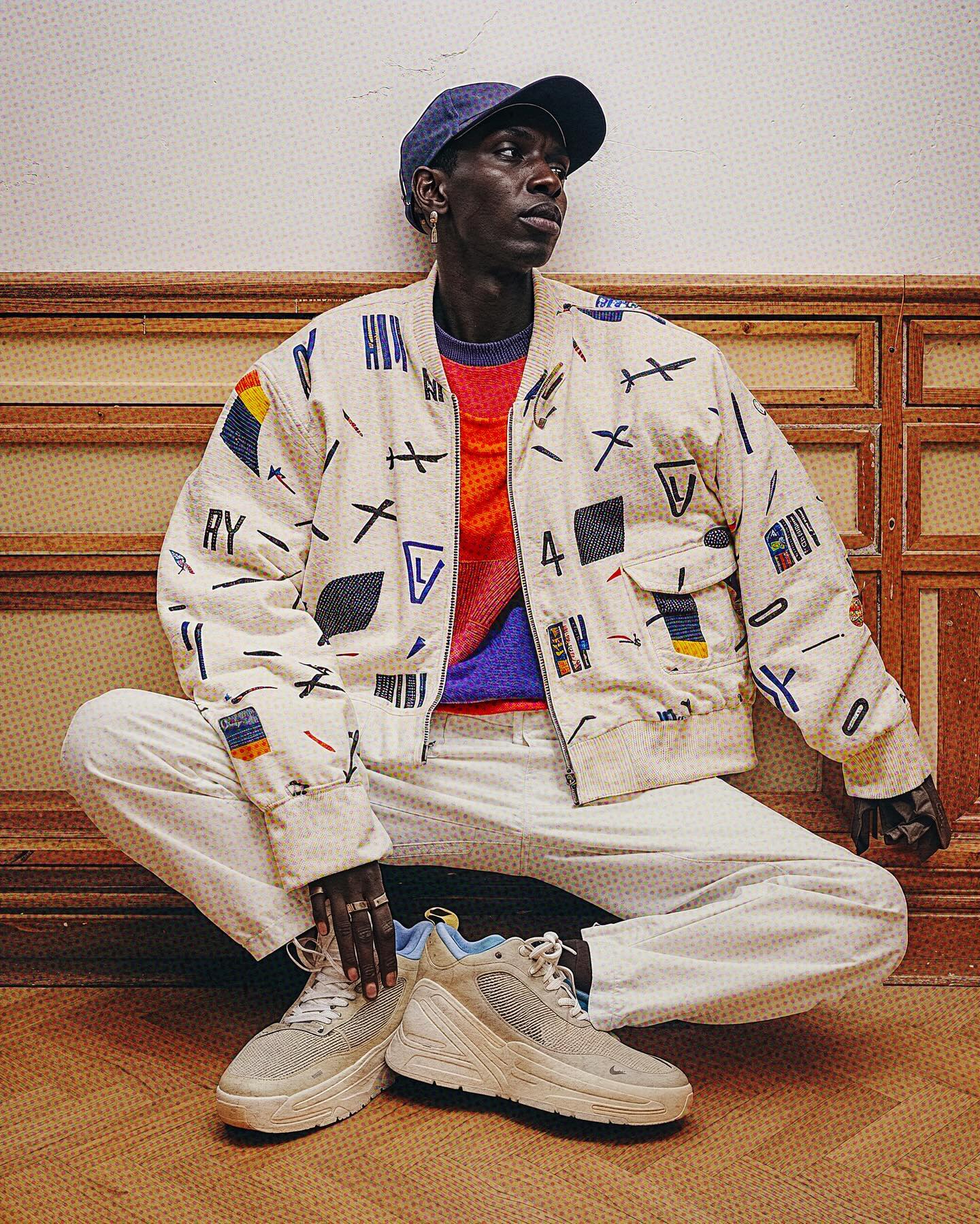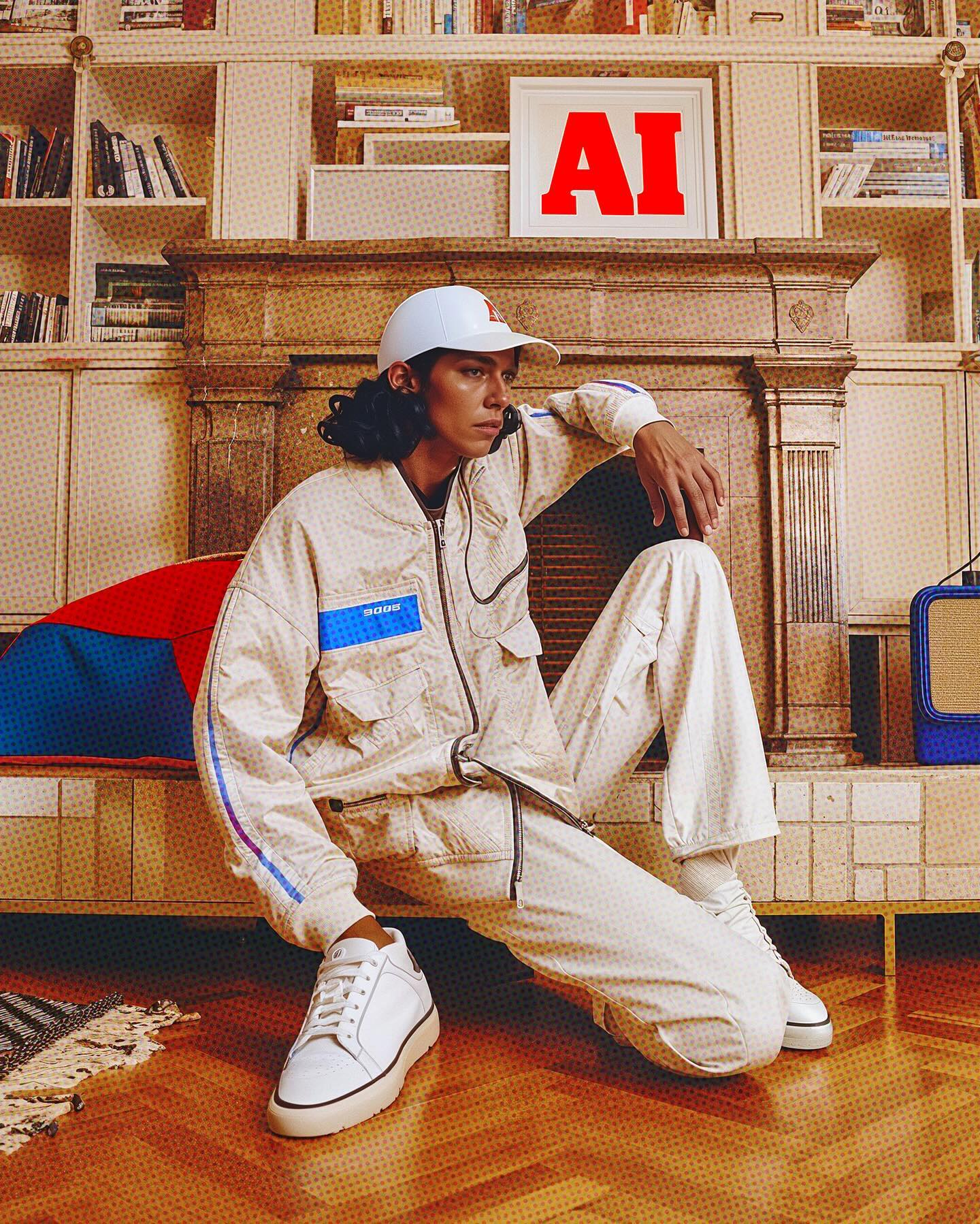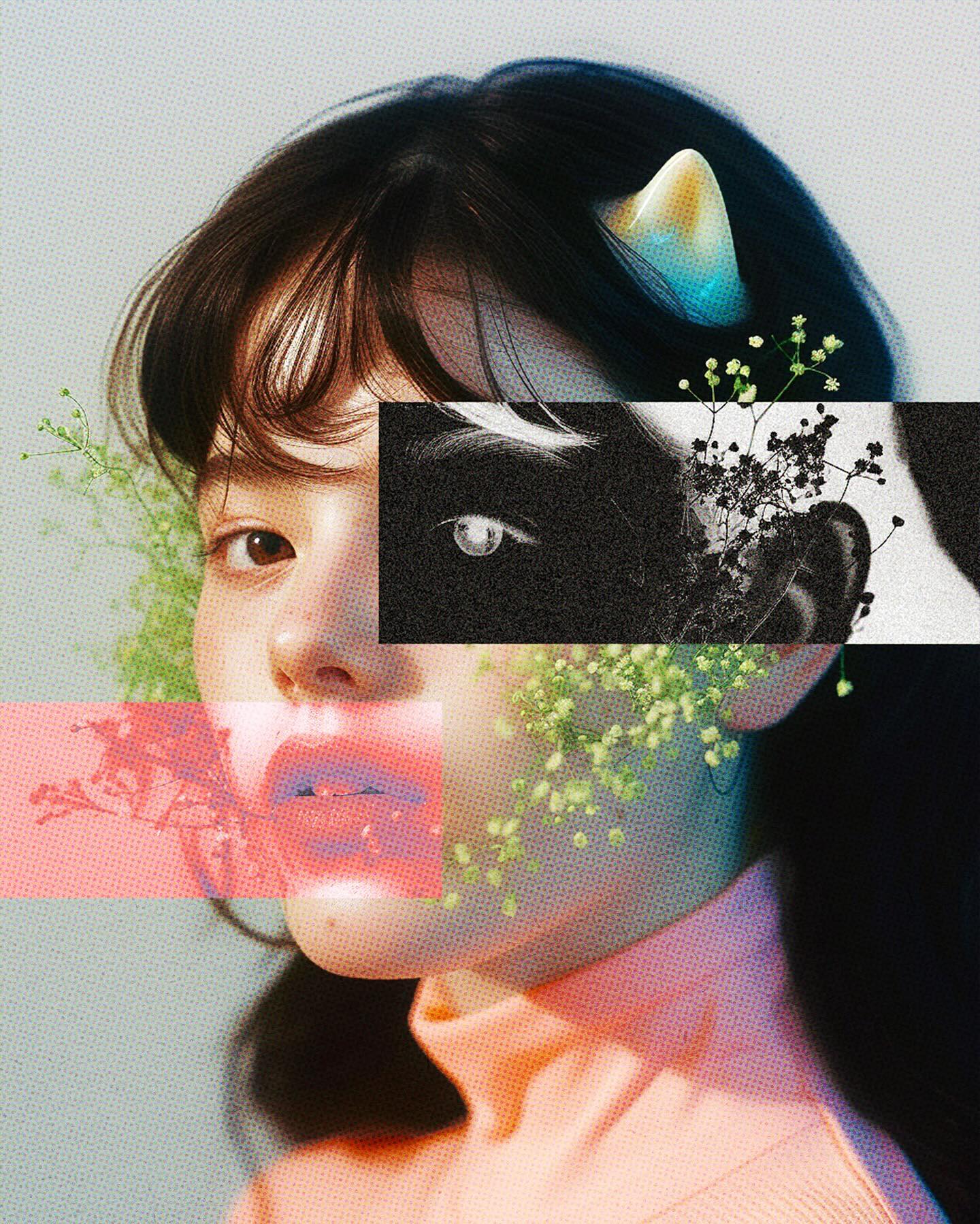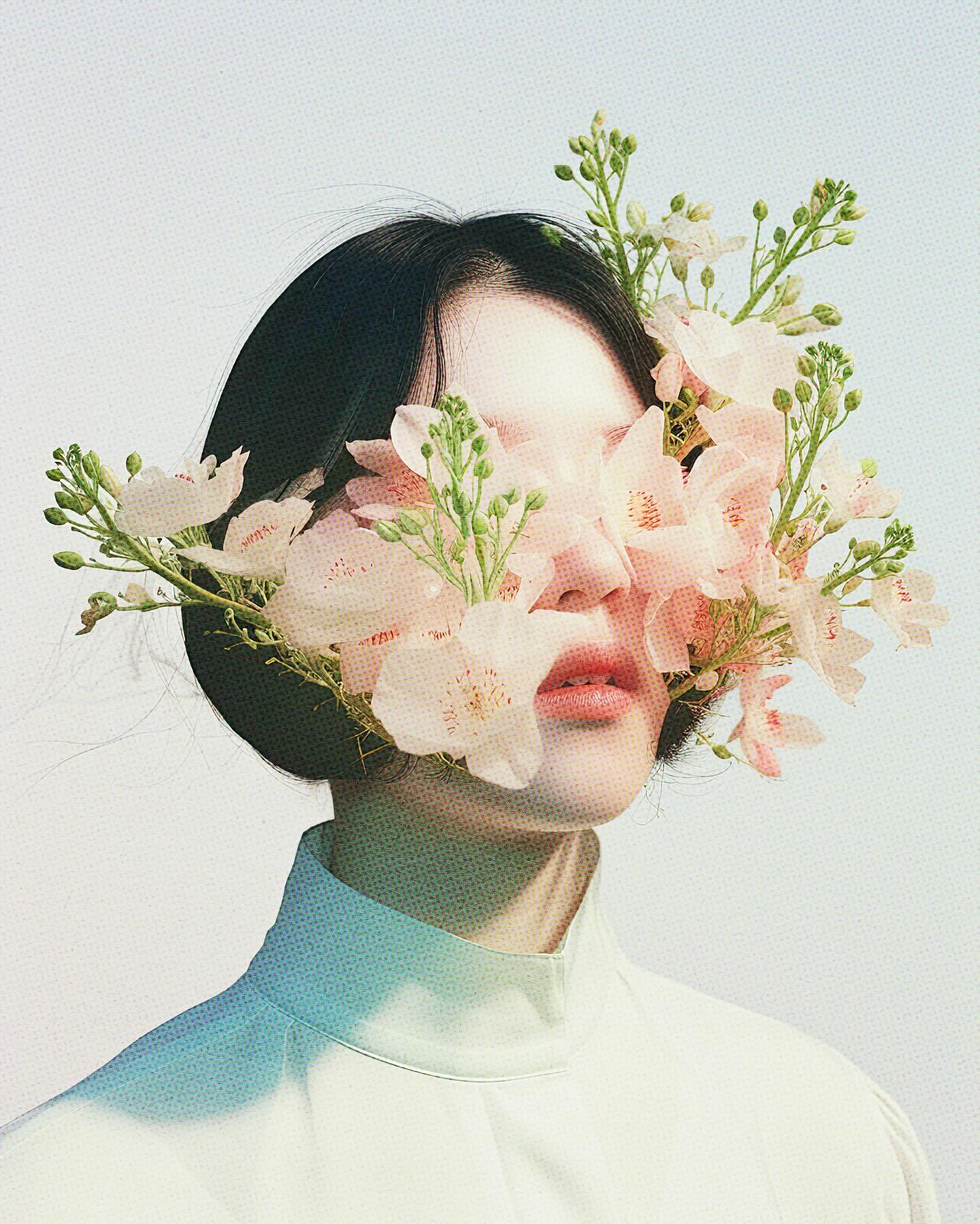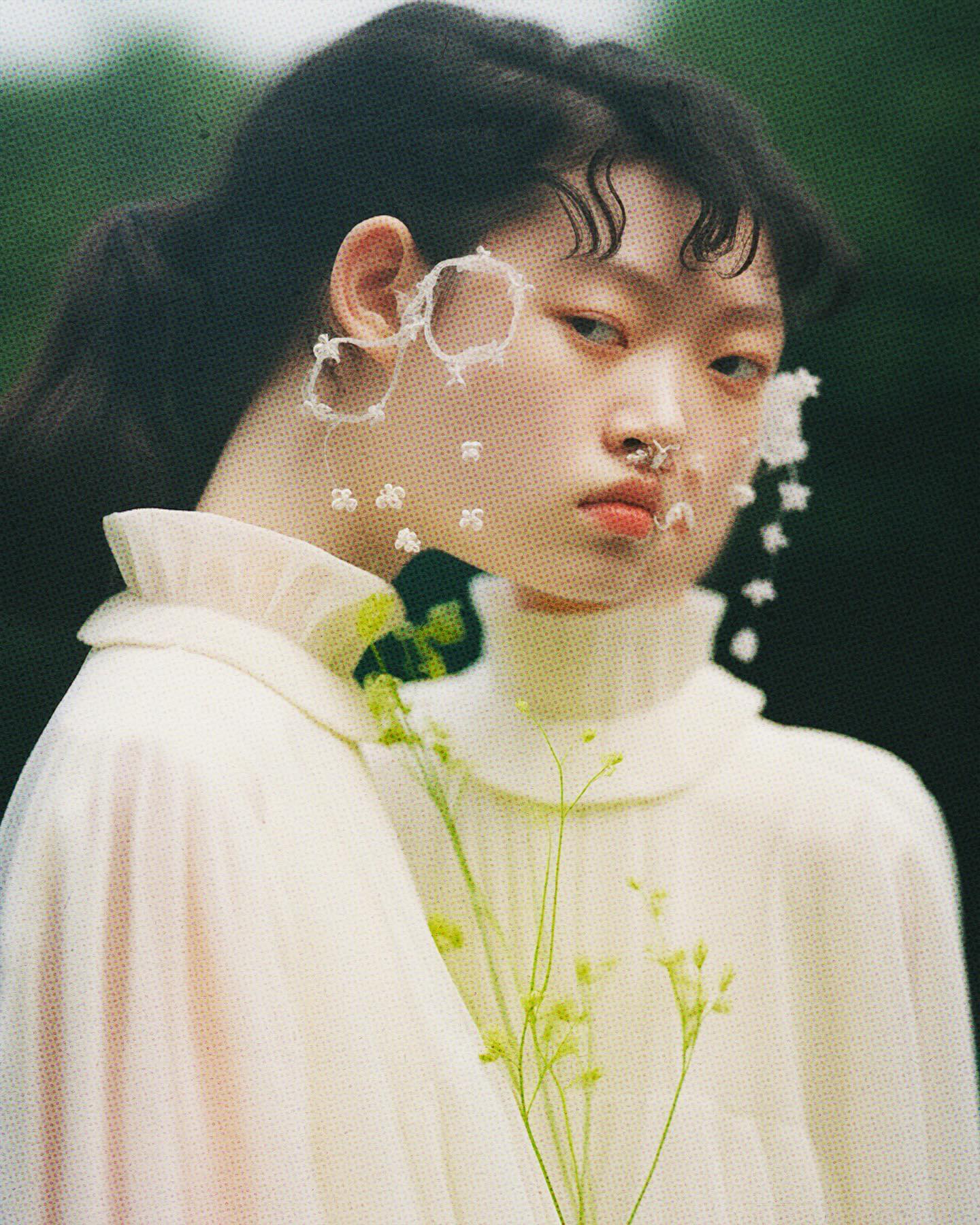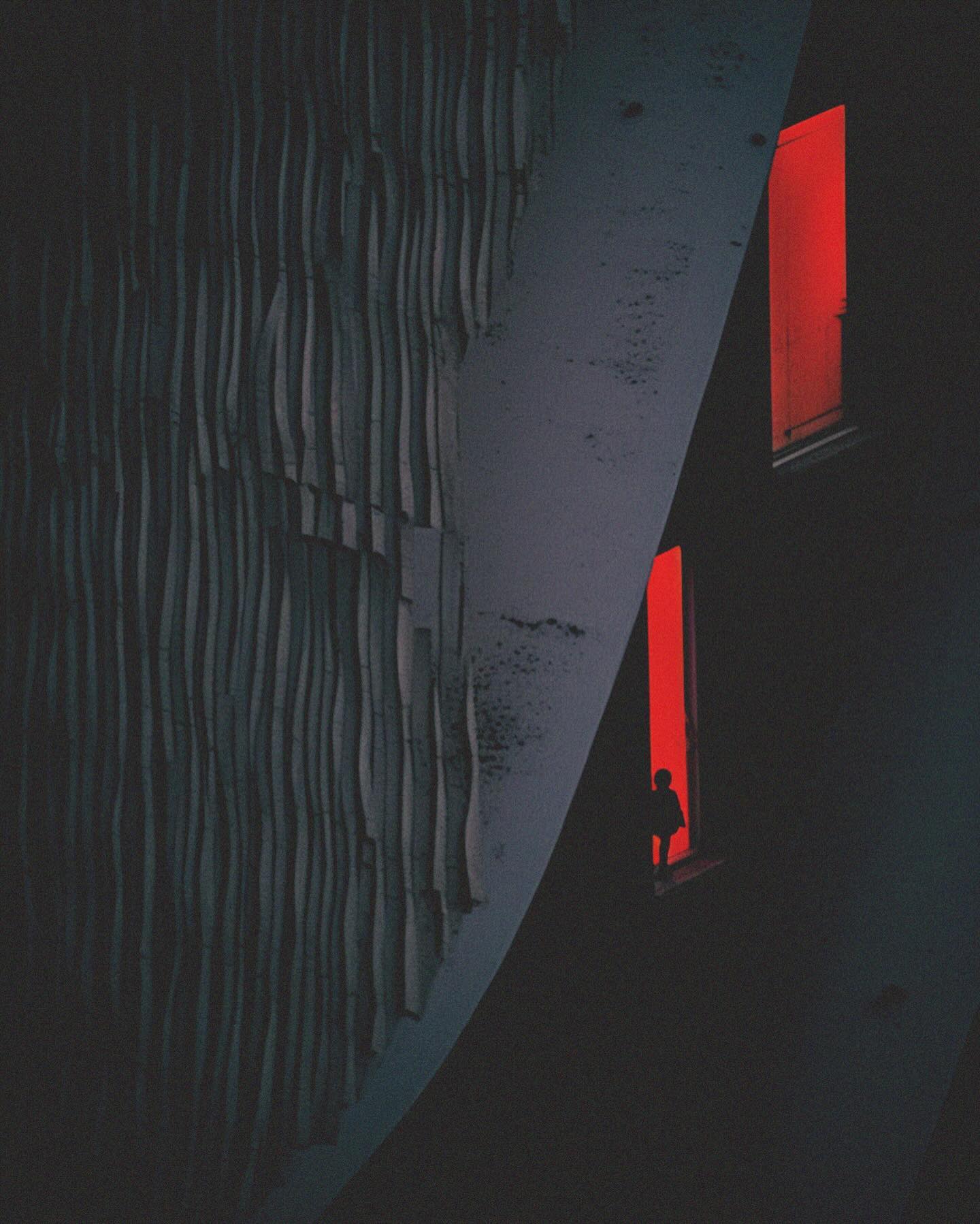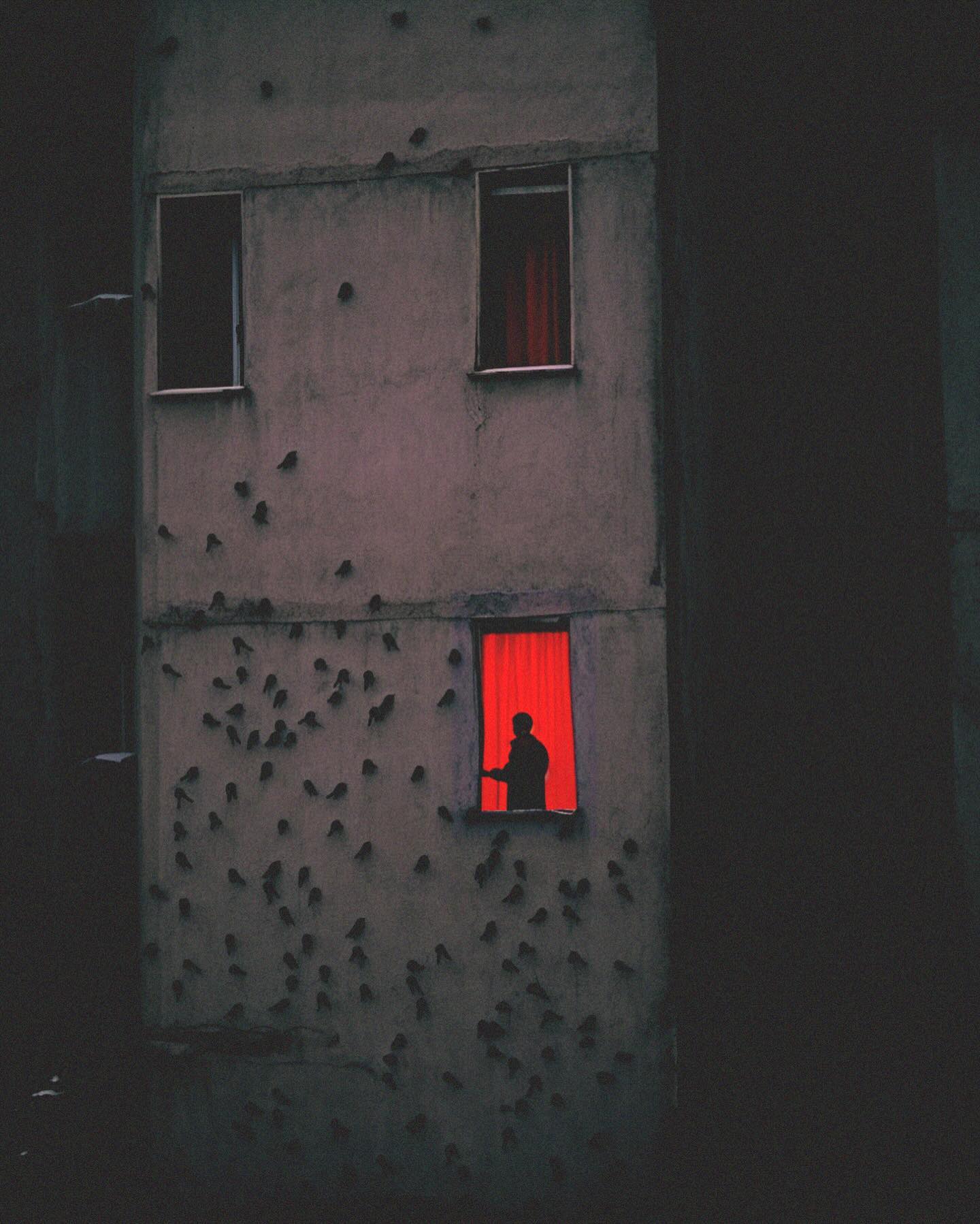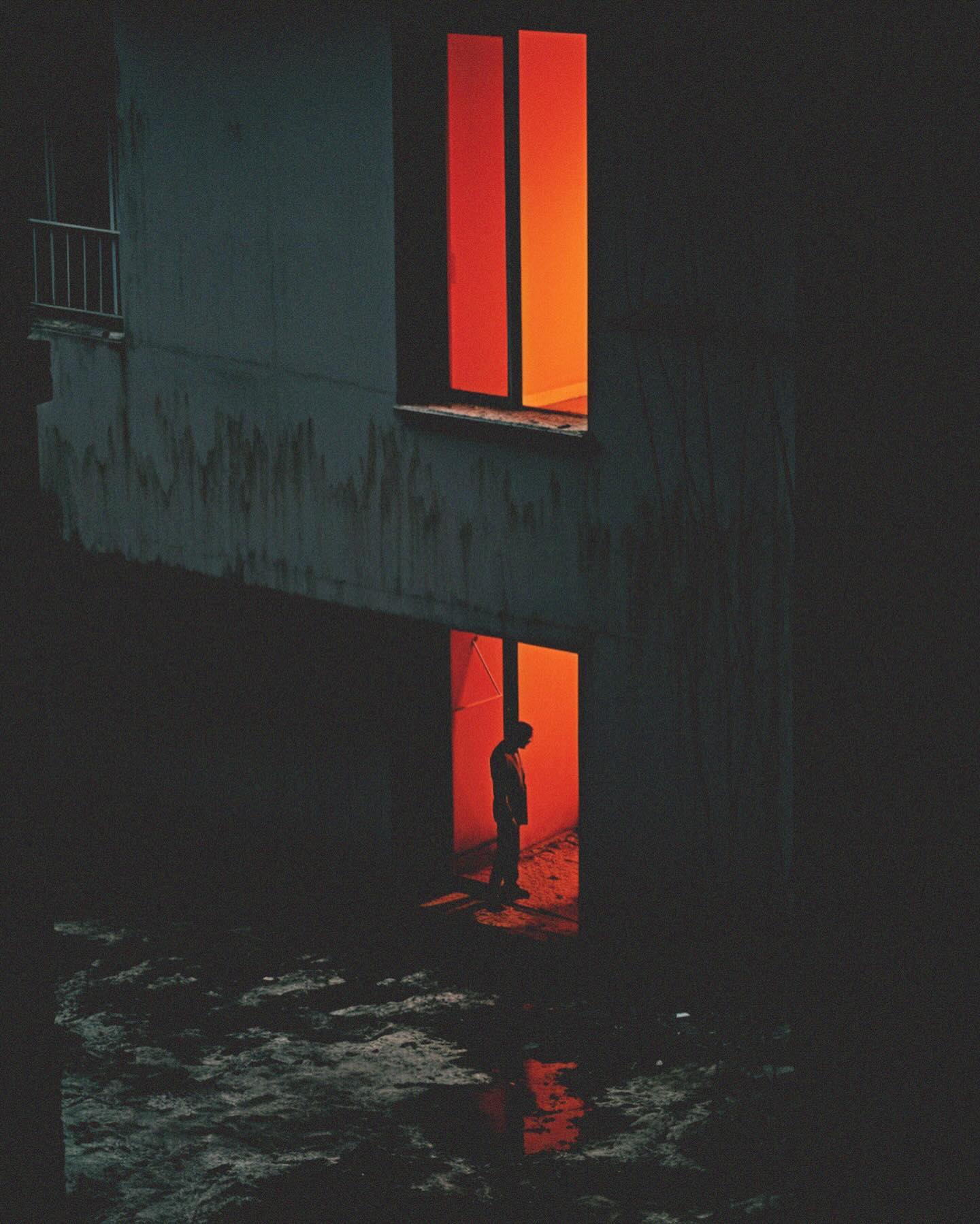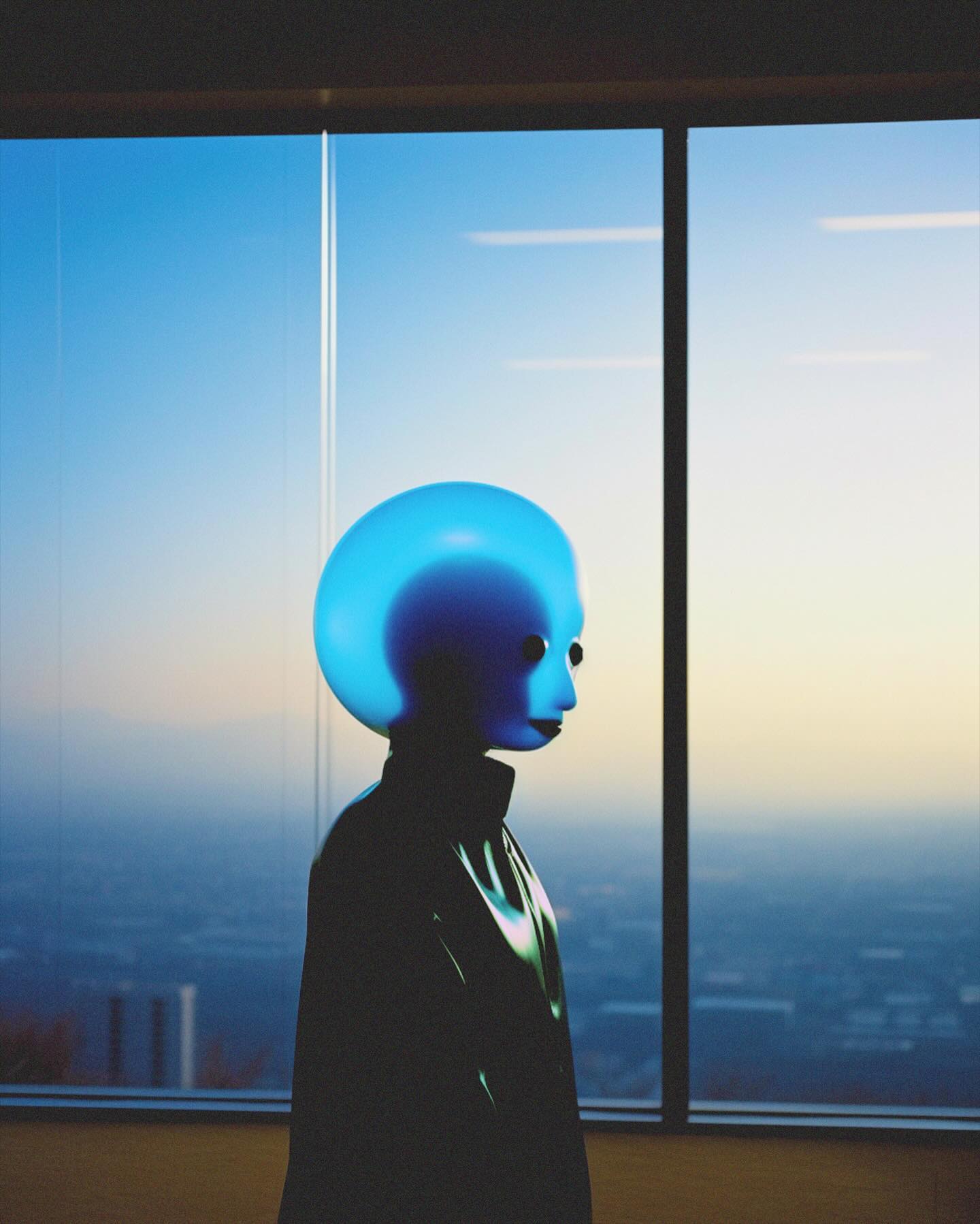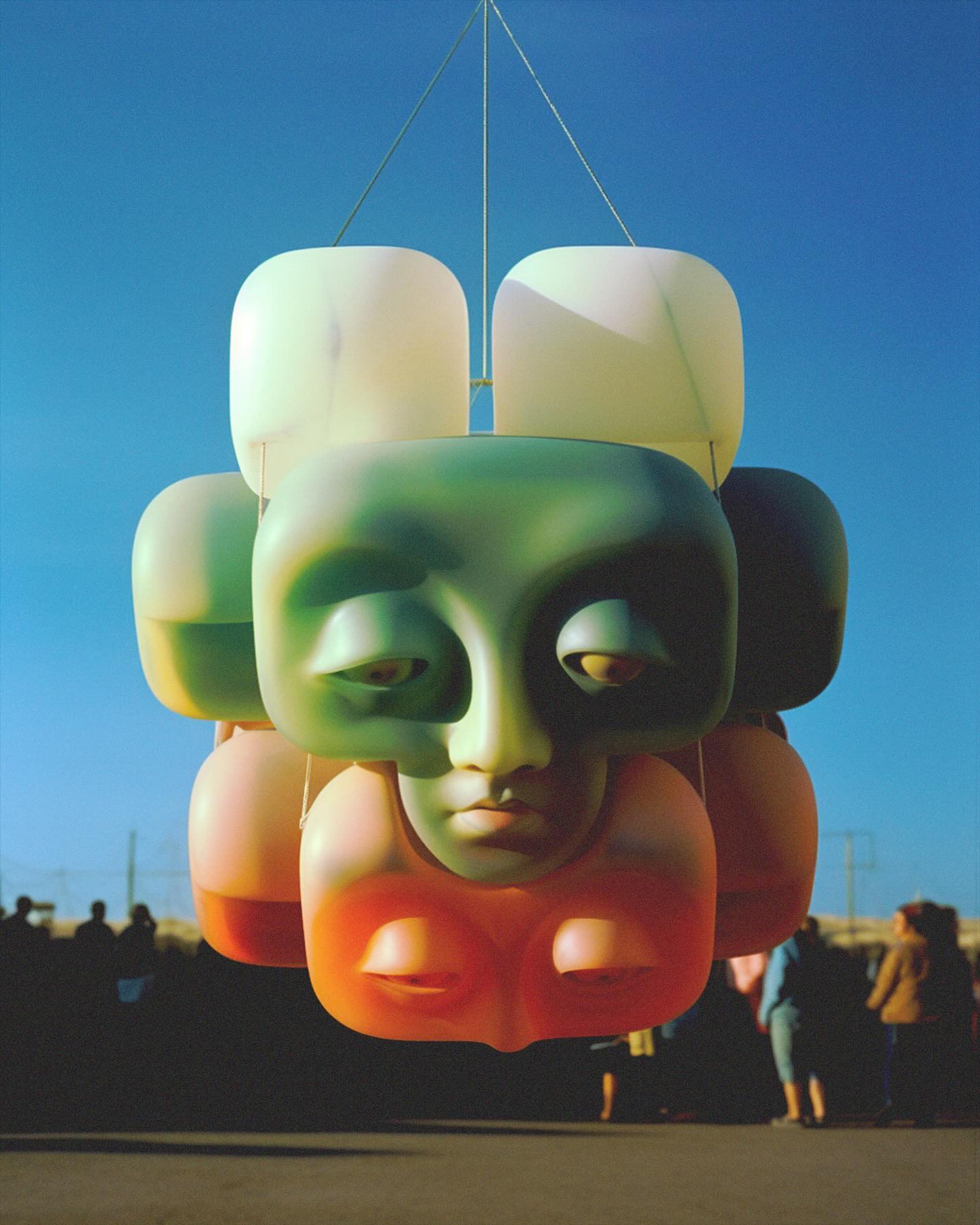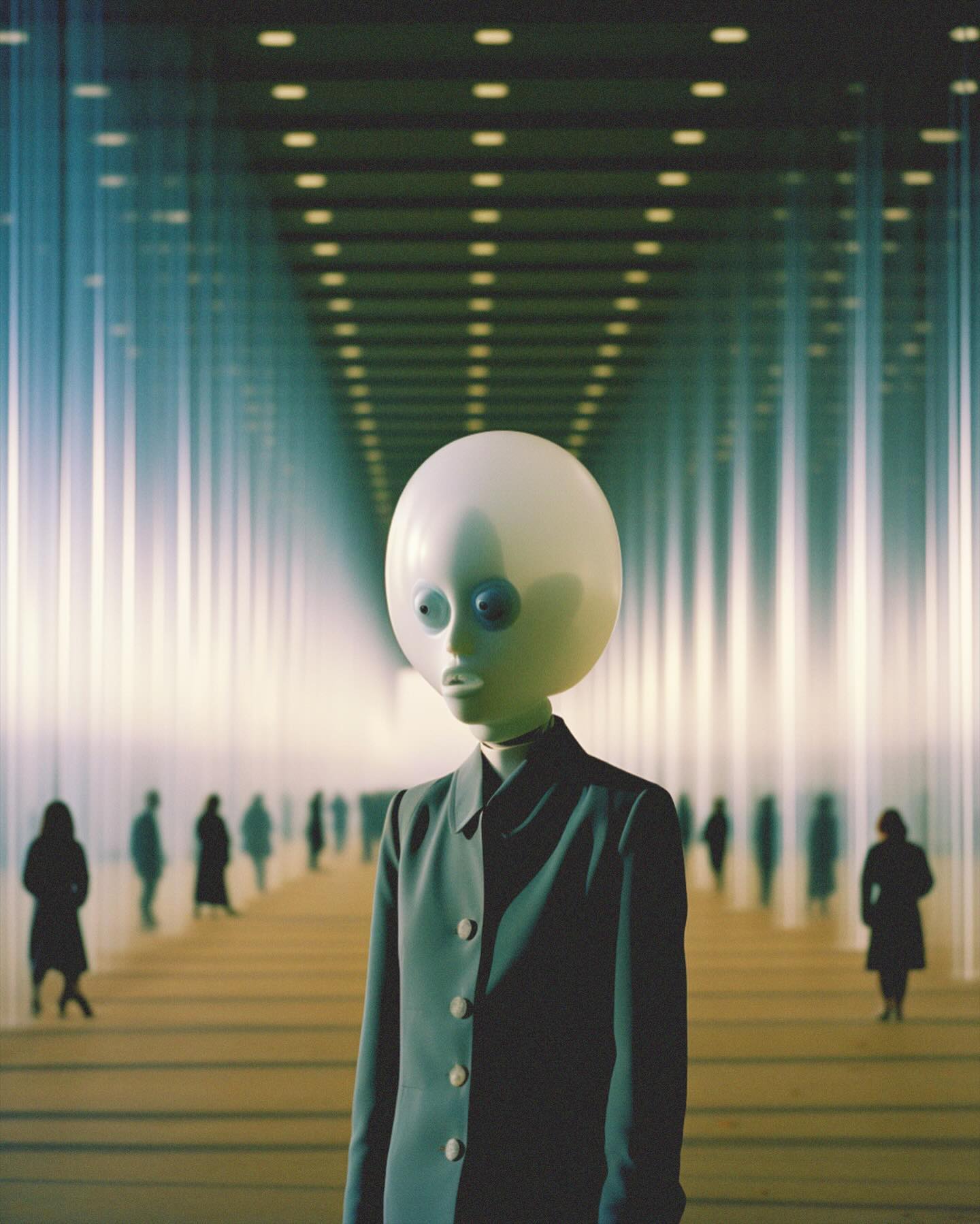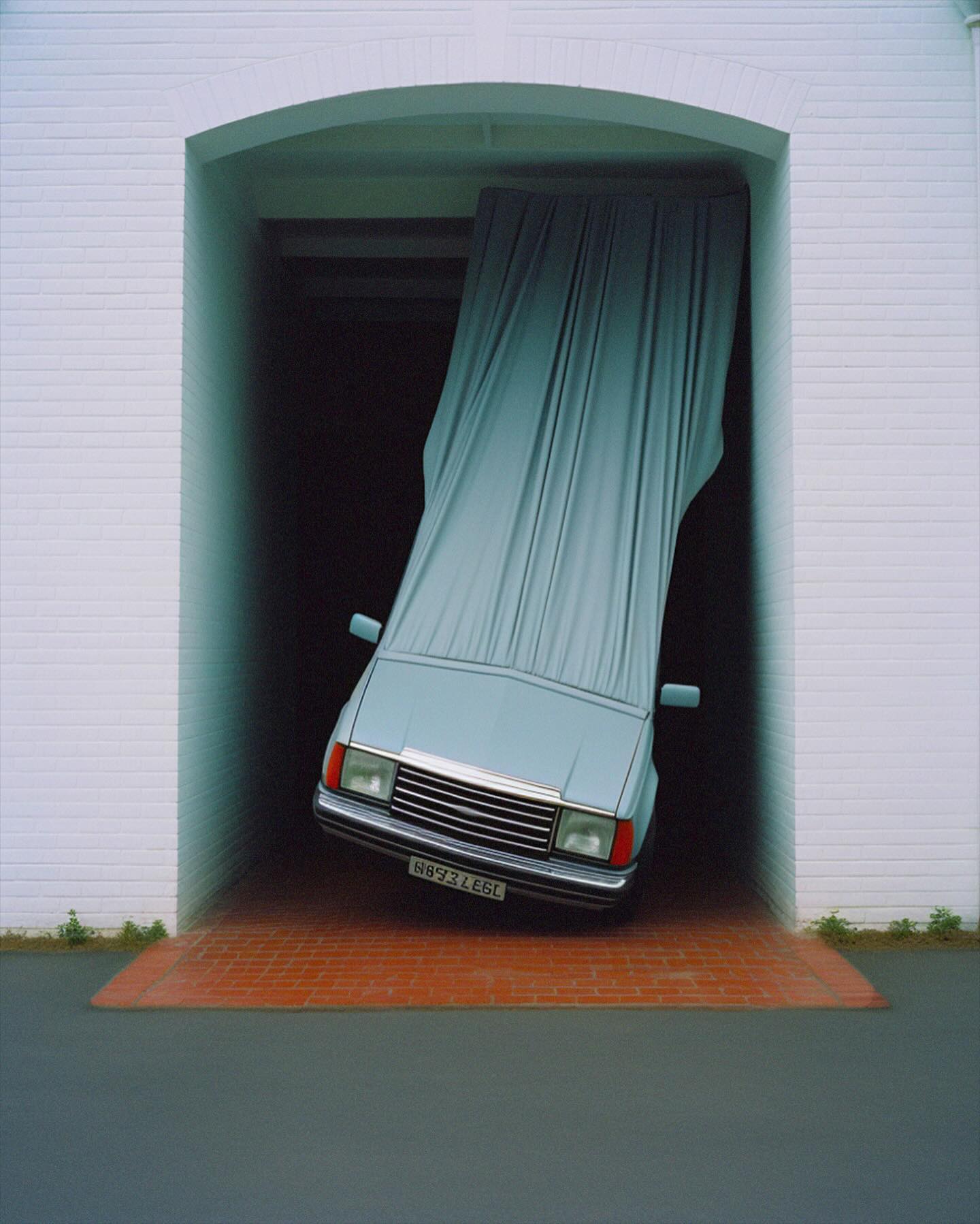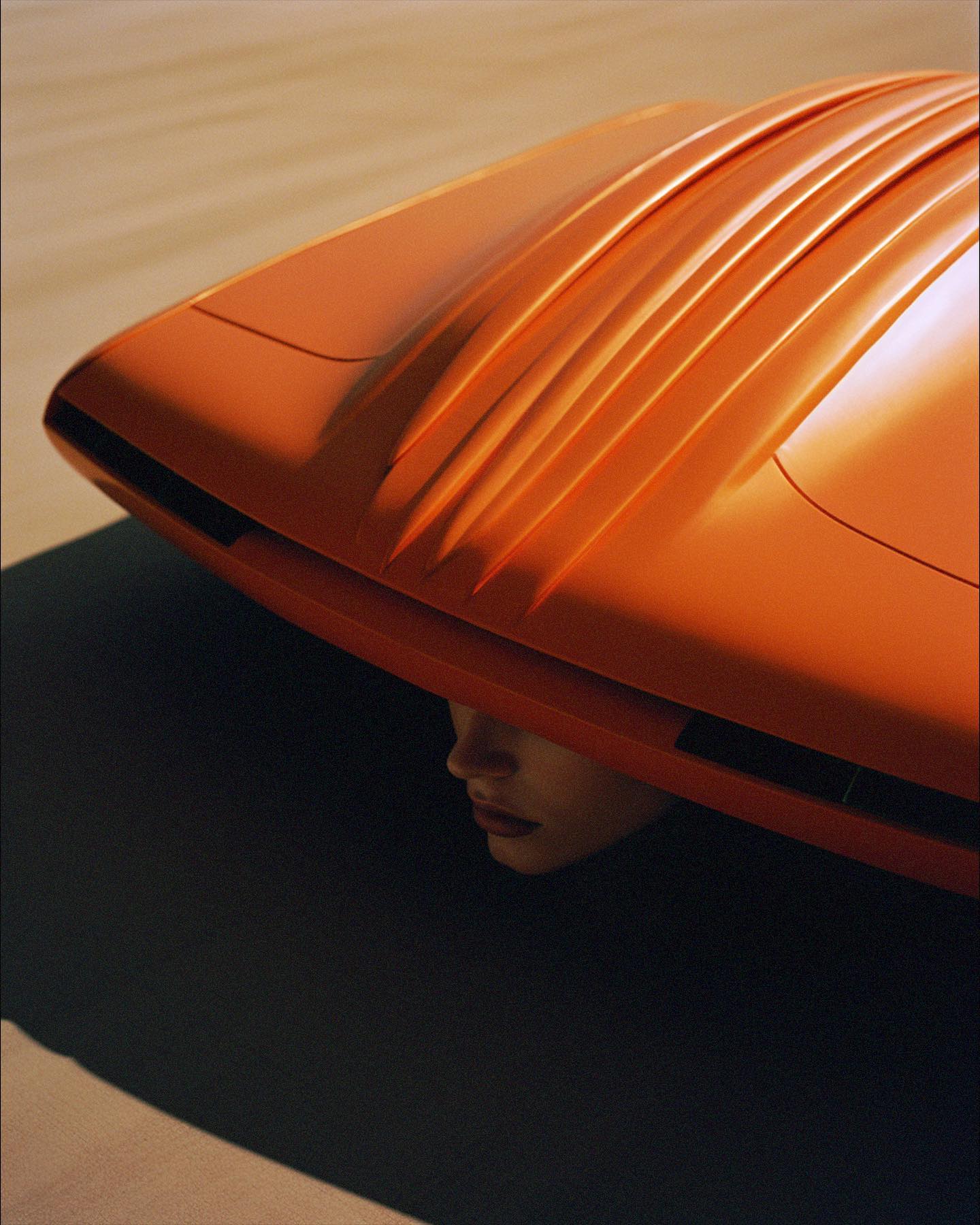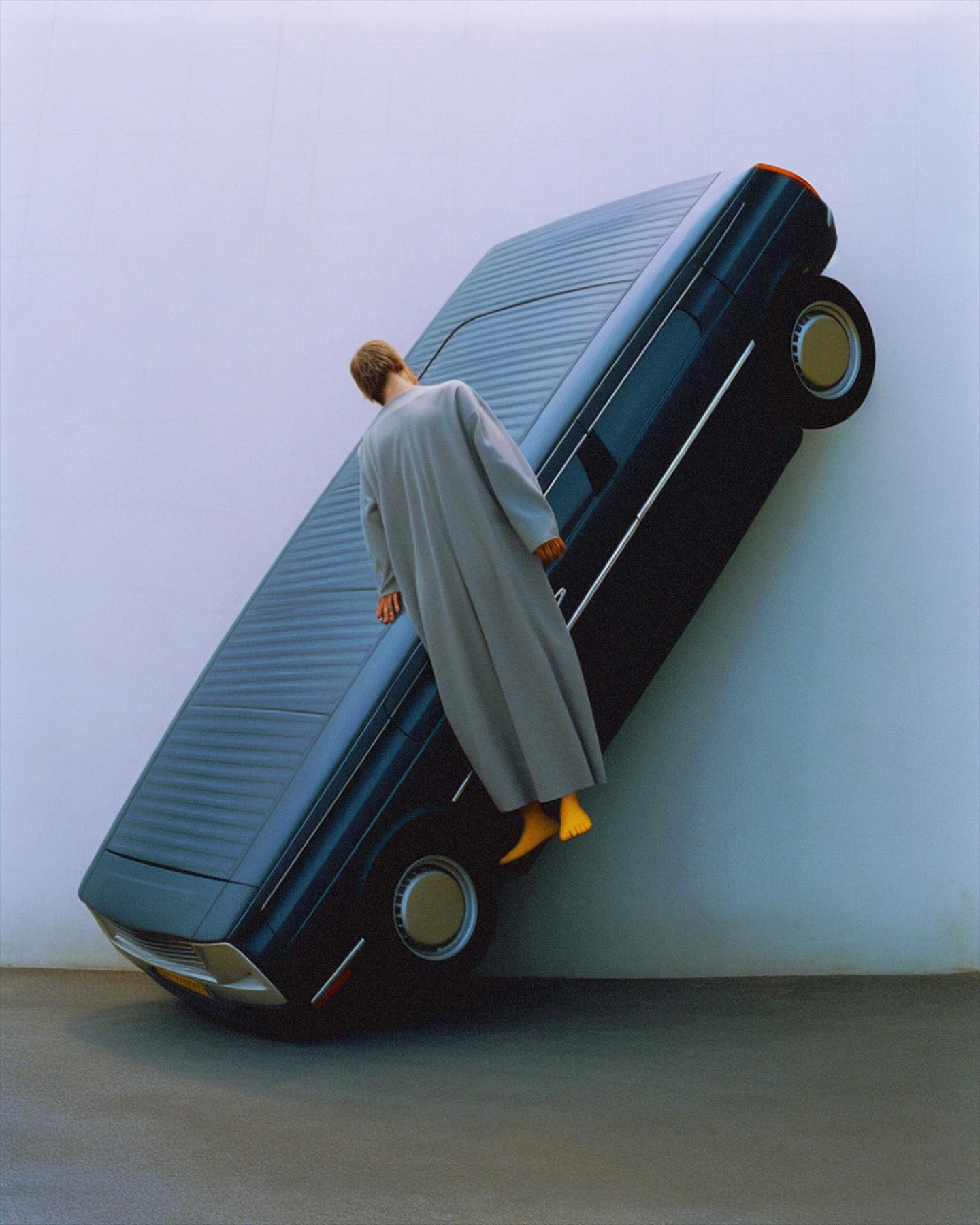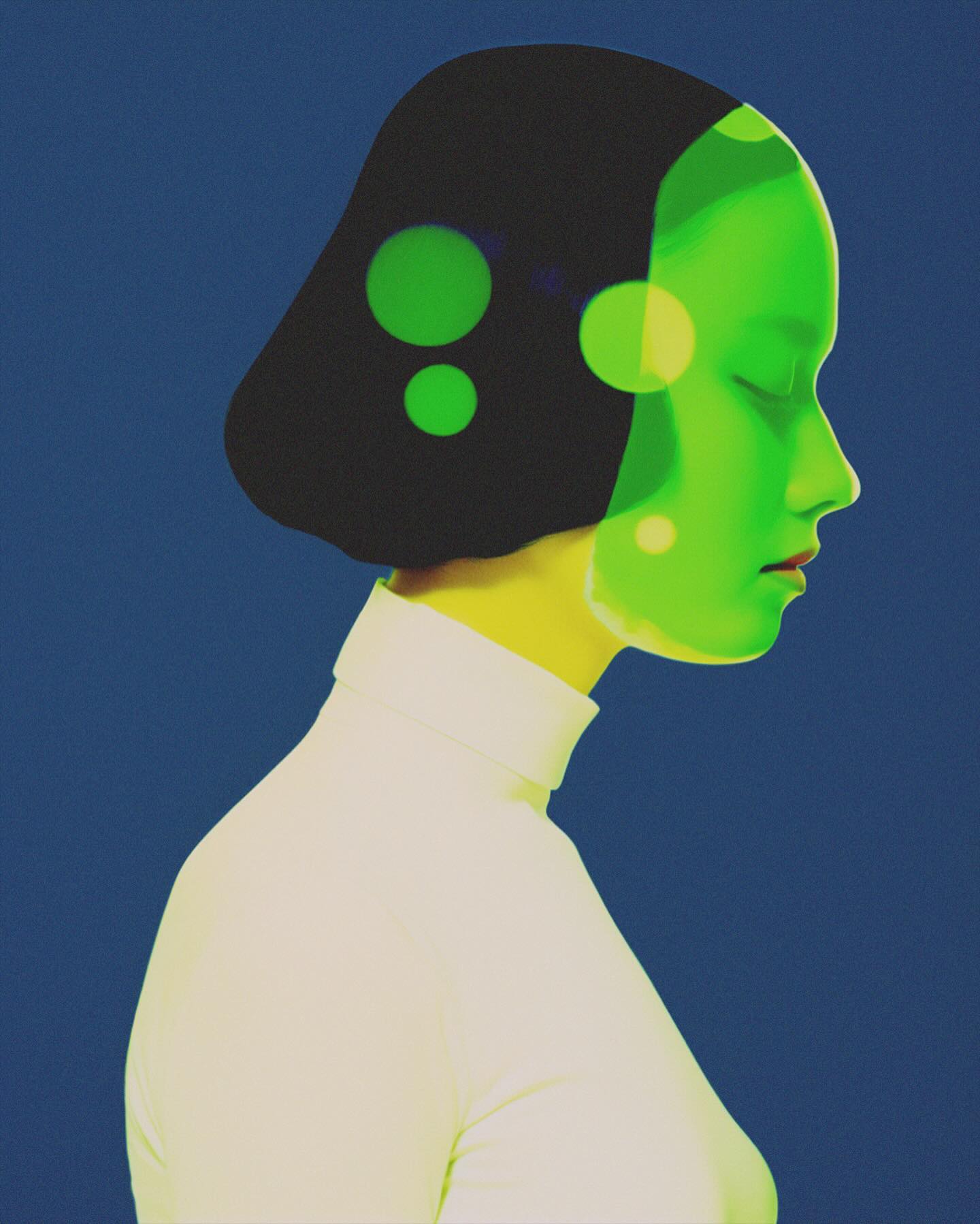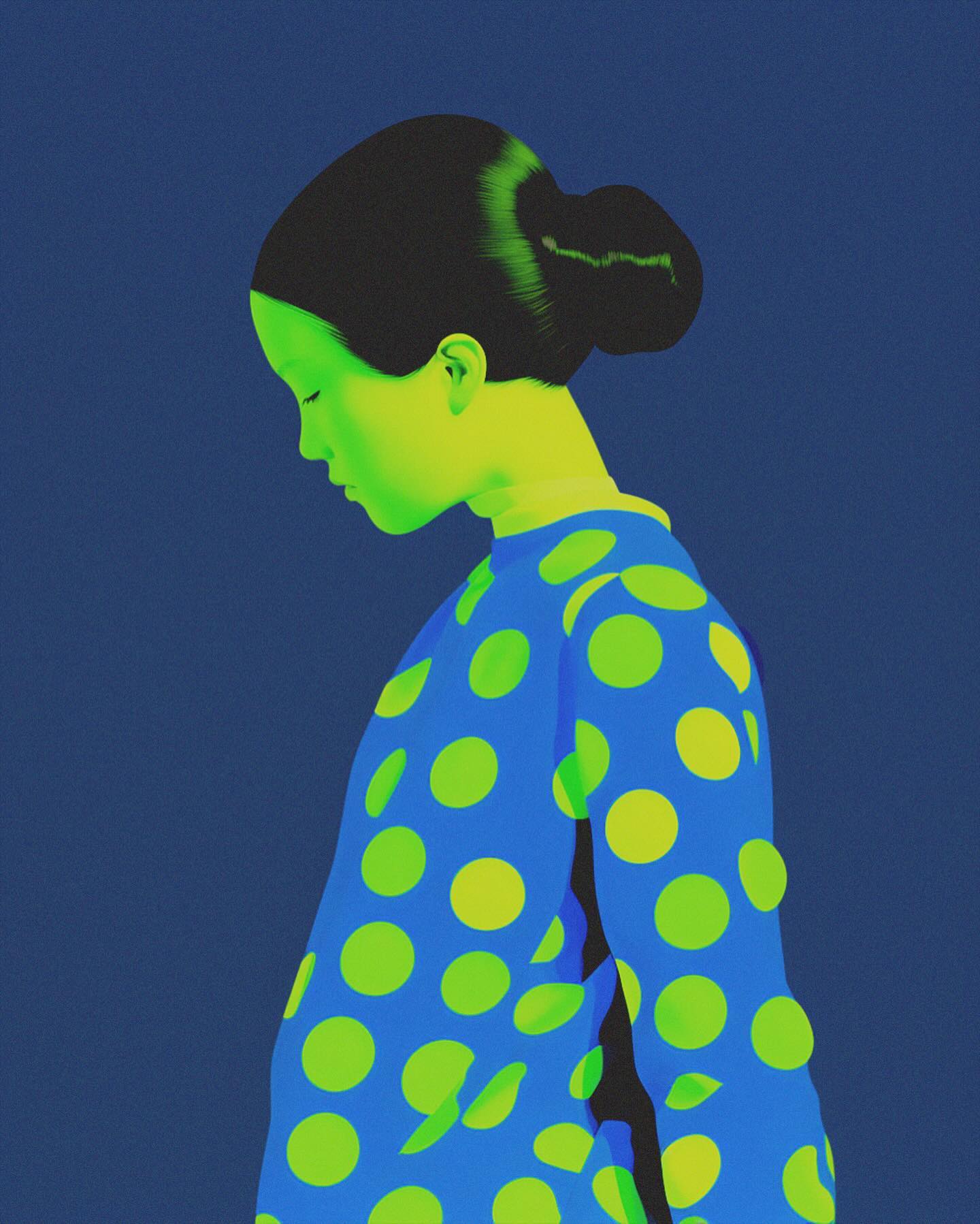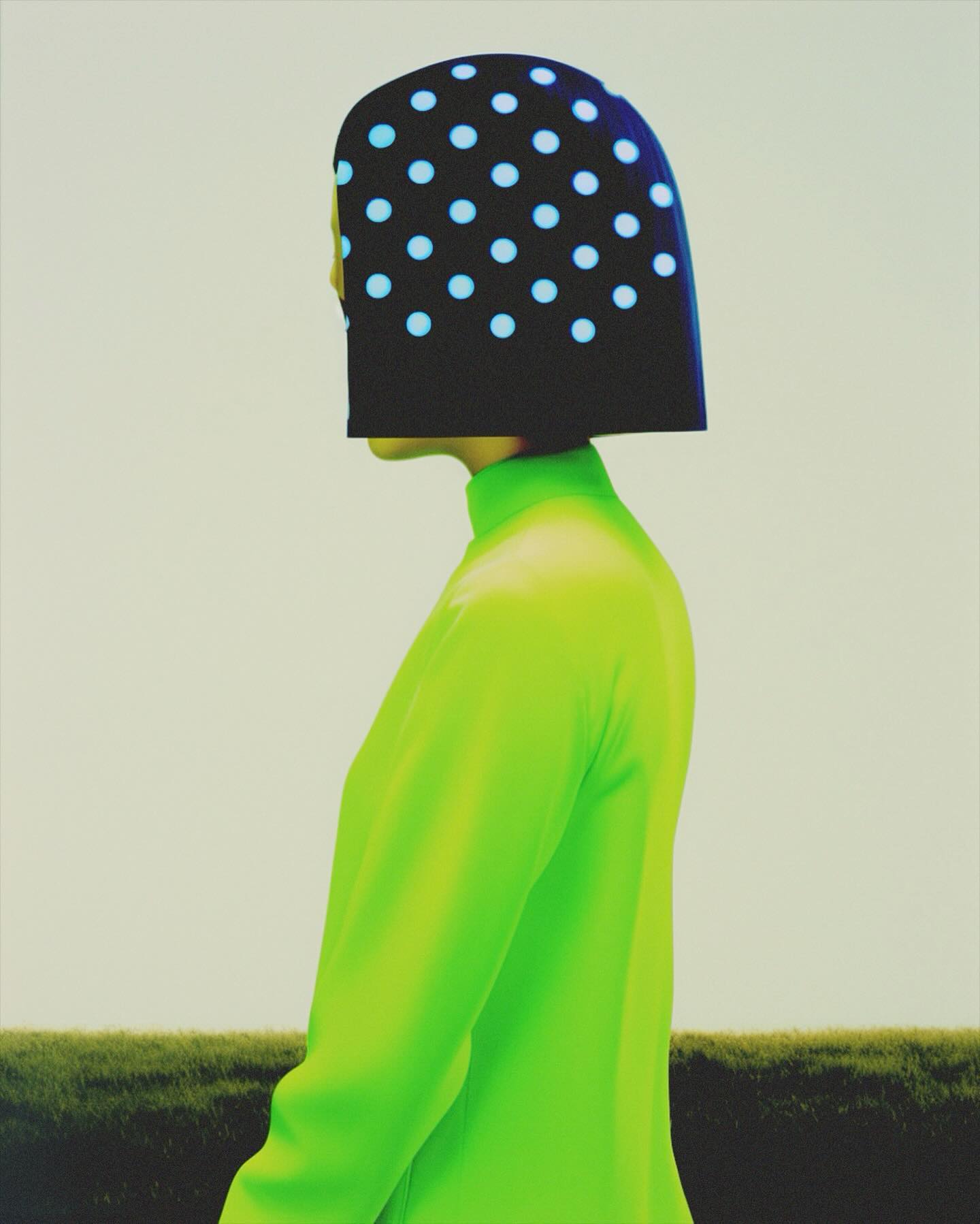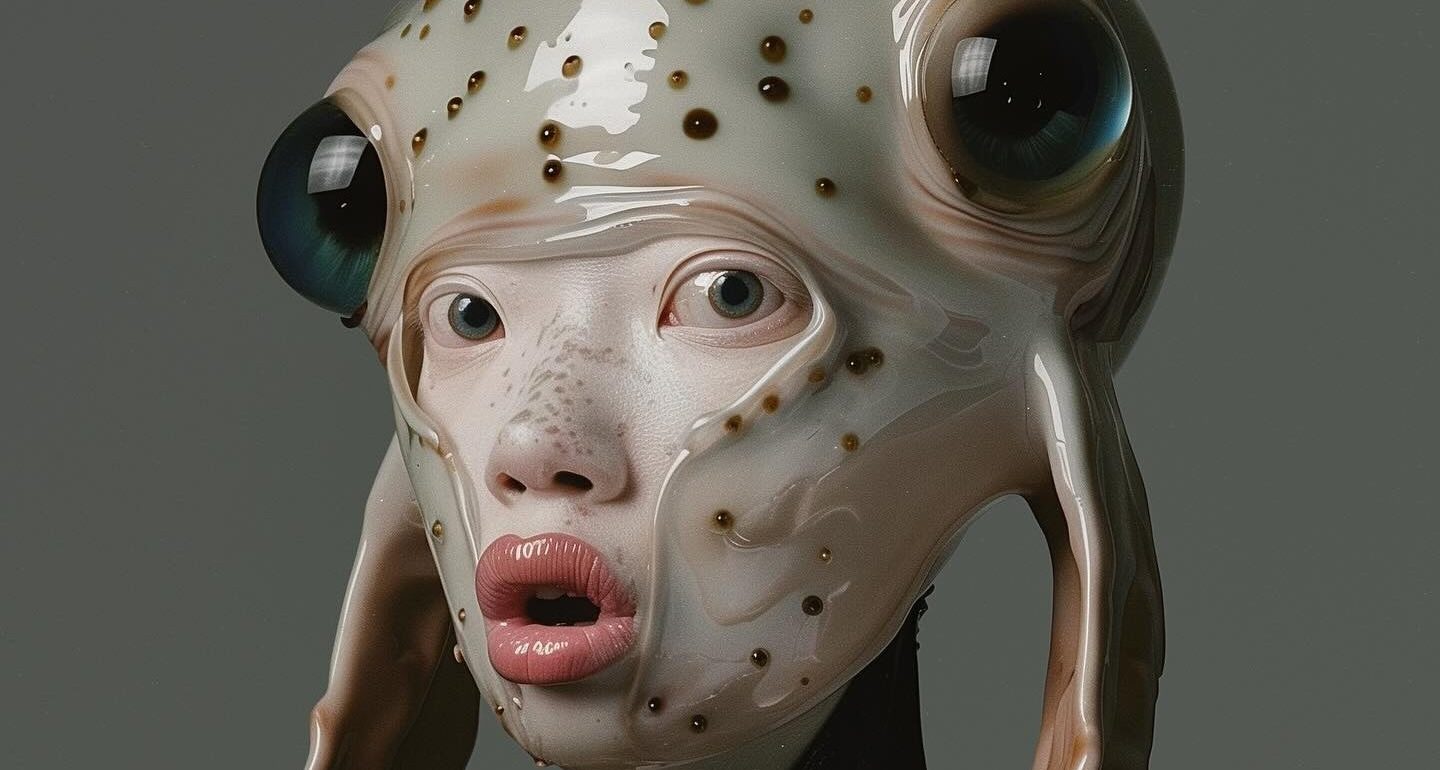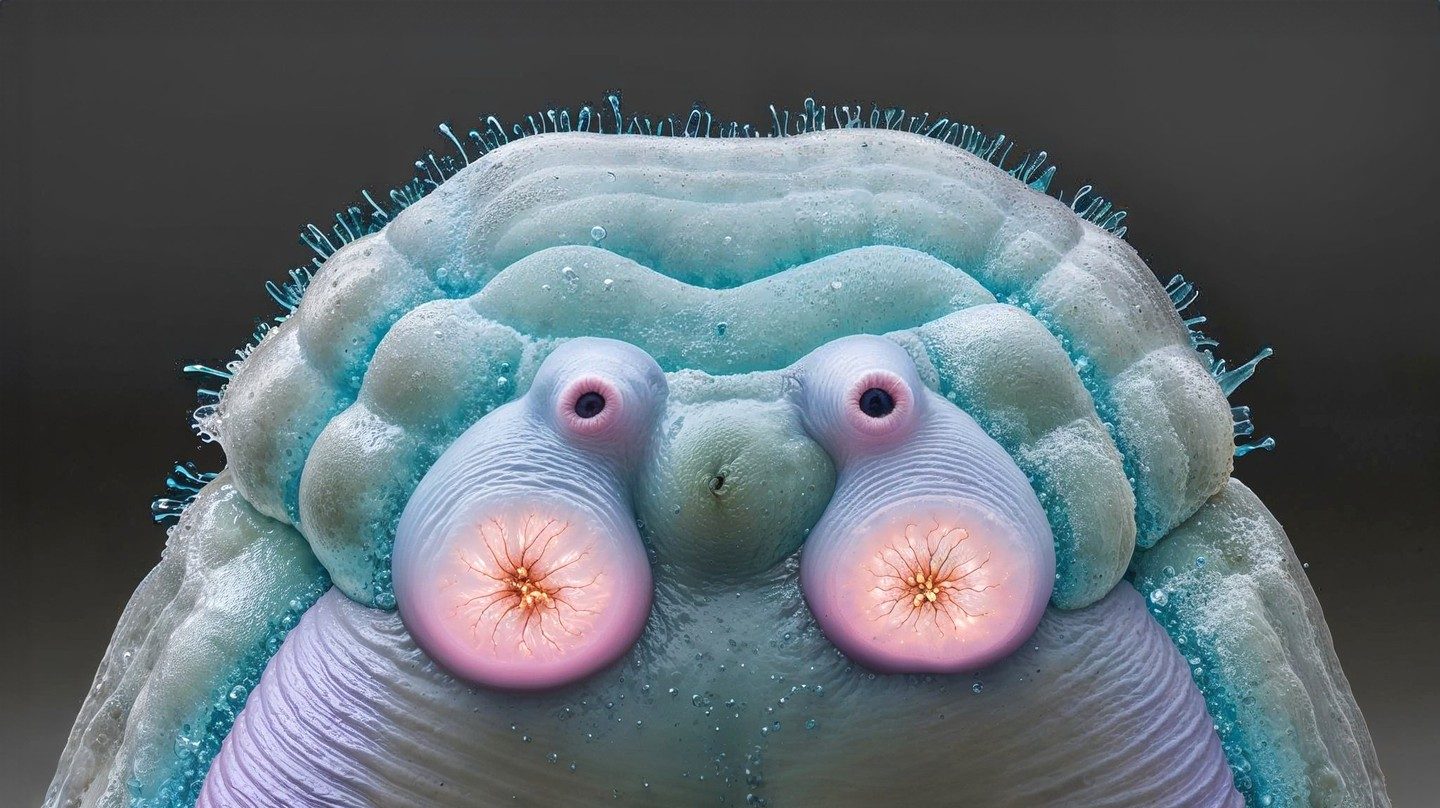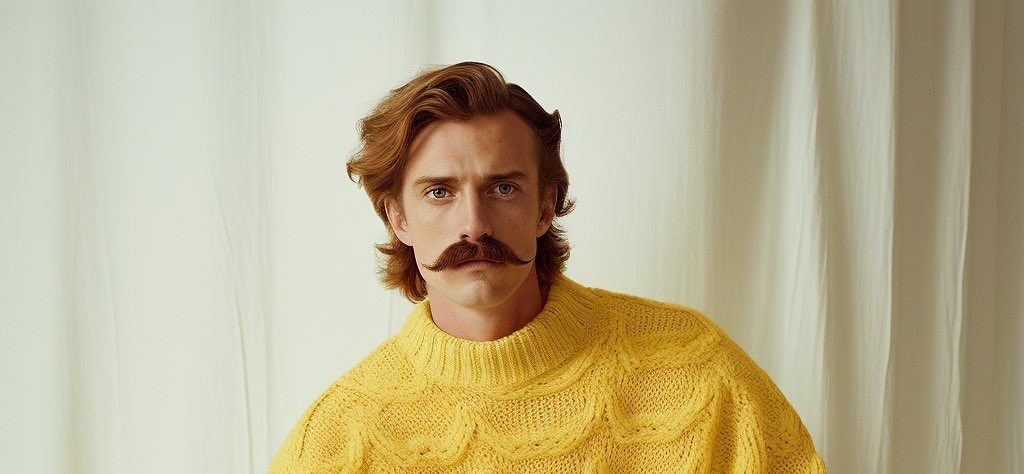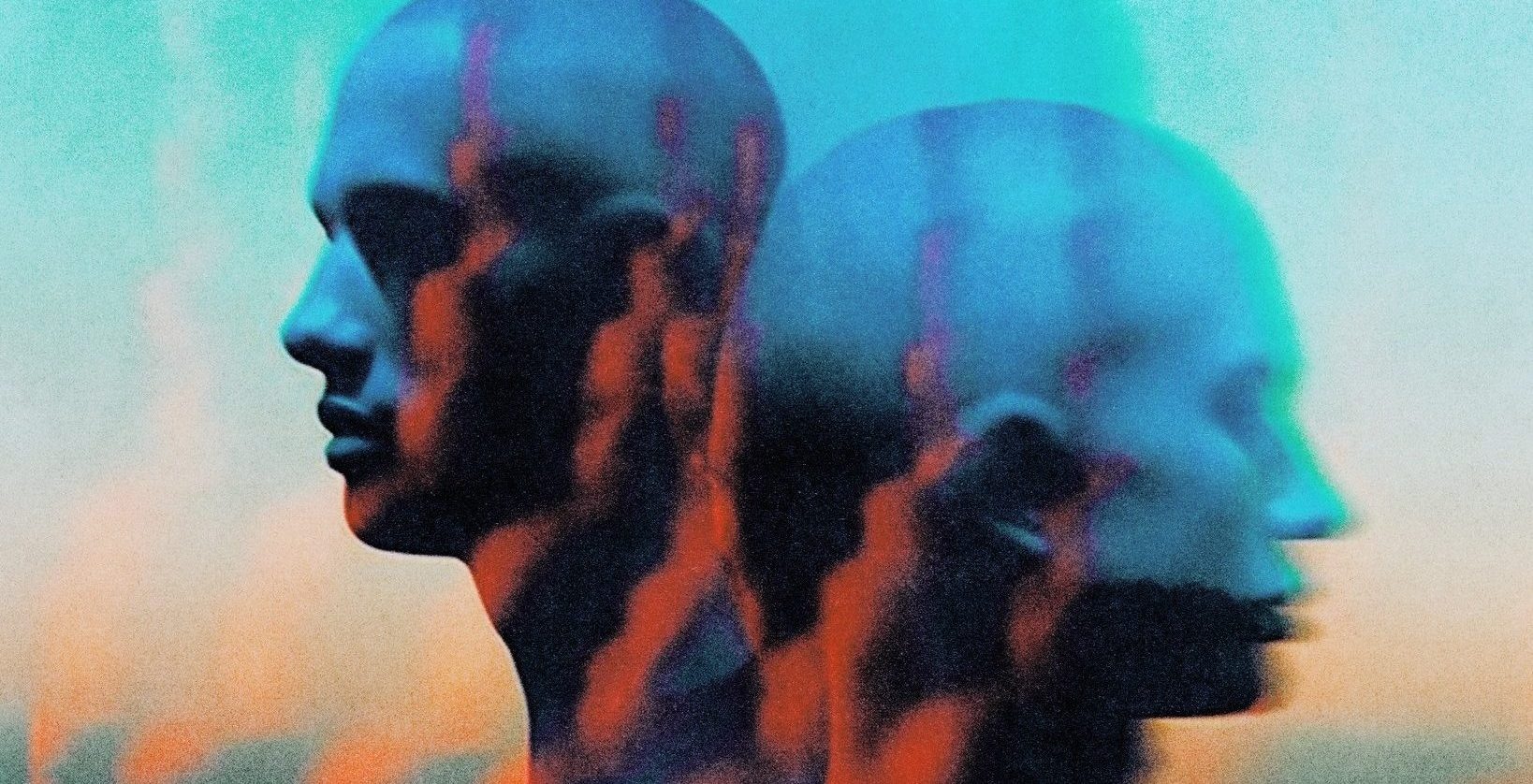Can you tell us a bit about your creative background?
I work in a regular 9/5 job connected with customer service – the grand stage of human drama.
I formerly worked in various cocktail bars across Europe, predominantly in London and Warsaw, which was more creatively inclined, but I’ve never had formal experience as a designer or in the art field. Surprise, surprise.
Can you describe your journey into AI art? What inspired you to explore this medium?
I started creating images with AI models with the initial idea of generating music because without music there’s no life, as they say. This was inspired by a podcast with Polish composer Wojtek Urbański from Rysy.
But the universe had a laugh, almost no music was generated, and here I am almost a year after exploring new possibilities by blending pixels and algorithms.
Can you walk us through the steps you take from conceptualization to the final piece?
I am still trying to figure things out, and I still haven’t found my exact style.
I try to focus more on the consistency and how to connect between sets of 9 post with a similar theme, but I need to ask more often why I’m doing what I’m doing and what’s the meaning behind it.
How often do you retouch the generated images?
I began using Photoshop to explore and edit my AI work a few weeks after starting, somewhere around April 2023.
My first attempts, all thanks to an excellent tutorial from slimesunday on face stretching (still available on YouTube), are still visible at the bottom of my profile. Currently, everything I post on social media is also edited with Photoshop, and I’m a big fan of adding textures.
How do you view your relationship with AI? Do you see it as a tool, a collaborator?
Right now,
AI is my glorified pencil sharpener,
but who knows? Someday, it might just grab a brush and join in the chaos.
How much of the artwork would you say is influenced by your artistic vision versus the AI’s “decisions”?
AI is crucial for my creative exploration, but the initial idea and prompt usually comes from me, often with various modifications and errors.
Naturally, if I stumble upon an interesting and unexpected result, I’ll dig into it. I then find myself adding elements in the retouching process.
Often, I spend more time in Photoshop than in Midjourney.
What ethical considerations do you think about in your work with AI-generated art?
This is the spicy bit, isn’t it?
Should the invisible folks behind the data get a slice of the pie, or is the internet just a free-for-all buffet?
I reckon we should play fair — give credit where it’s due, and maybe switch off a server or two to save the polar bears.
In what ways do you think AI tools are changing the landscape of design?
They are democratizing design, making it accessible to non-professionals and enabling us to create without relying on years of experience, large budgets, or a production crew.
AI is giving individuals more creative freedom.
What skills or qualities do you believe are essential for a designer to effectively use AI tools?
To effectively use AI tools, people should be an open mind and have no fear of exploring new things. It also takes time, willingness to experiment, and iterate.
Where do you see the role of AI in design heading in the next five years?
AI will likely play a much bigger role as we move from early adoption to mainstream use. By 2030, I hope that companies and designers will be bolder in exploring this field and that AI tools will free people from repetitive and monotonous tasks. But we’ll have to wait and see.
How do you stay ahead in this evolving field?
I wouldn’t say I’m ahead.
Don’t get me wrong, I try to stay connected with the AI community on Instagram and follow a few YouTube channels, but it’s easy to miss out with the rapid pace of new developments.
At the end of the day, it’s a hobby, and I value offline time with my dog and loved ones. Besides, spring is just around the corner…
Can you share some concepts for prompts that can help achieve great images?
Try to experiment with “I can’t believe how beautiful this is” in your prompt.
Also my favourite trick is to create first a reference picture in the Midjourney newest version or Dalle 3 and use it as a reference picture with 5.2 version and run the same prompt with ––style xxx from style turner. Don’t forget about the ––sref for style reference or ––cref for character consistency tested in MJ version 6.
The Top 3
Top 3 words to describe your AI-generated work
- Curious
- Offbeat
- Evolving with attention to details
Top 3 Al creatives whose work stands out to you
Top 3 improvements you wish to see in current Al tools
- Significant advancement in video
- Improved control over outputs
- More intuitive user interfaces
Top 3 advice for creatives considering starting to experiment with Al
- Connect with others in the community
- Be bold in your experiments
- Don’t give up. That’s the most important one
Shoutout to kvetcch for sharing his AI art and insights with us. His knack for blending the unsettling with electric neon vibes gives us all a peek into the endless possibilities when creatives play with AI.
For all of us diving into AI art, kvetcch’s journey is a nudge to break the mold and explore what’s uniquely ours. His laid-back yet passionate sharing vibe is exactly the kind of energy that lights up our community, pushing us to experiment and grow.
Kvetcch leaves us feeling more connected and pumped to push our artistic boundaries. Big ups to him for not just sharing his art but sparking that fire within us to keep creating and exploring!
 ☰
☰
